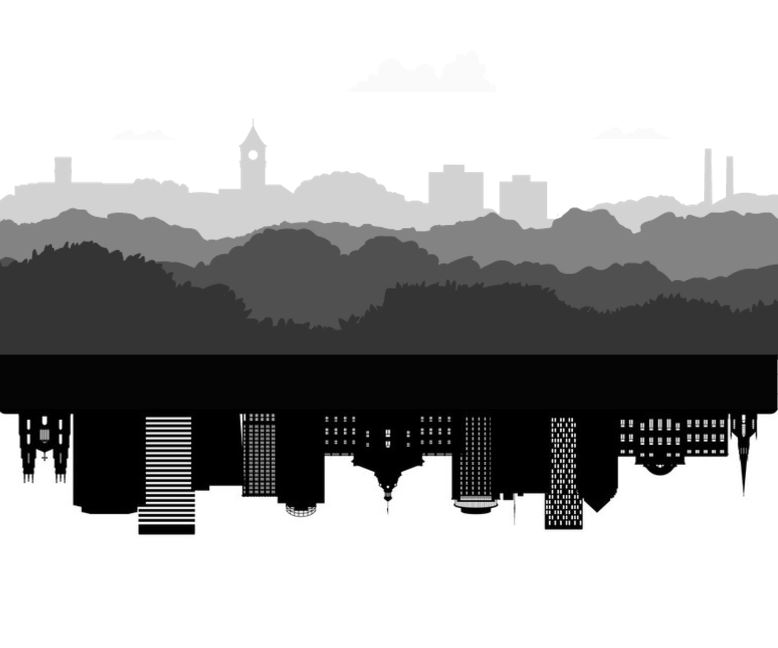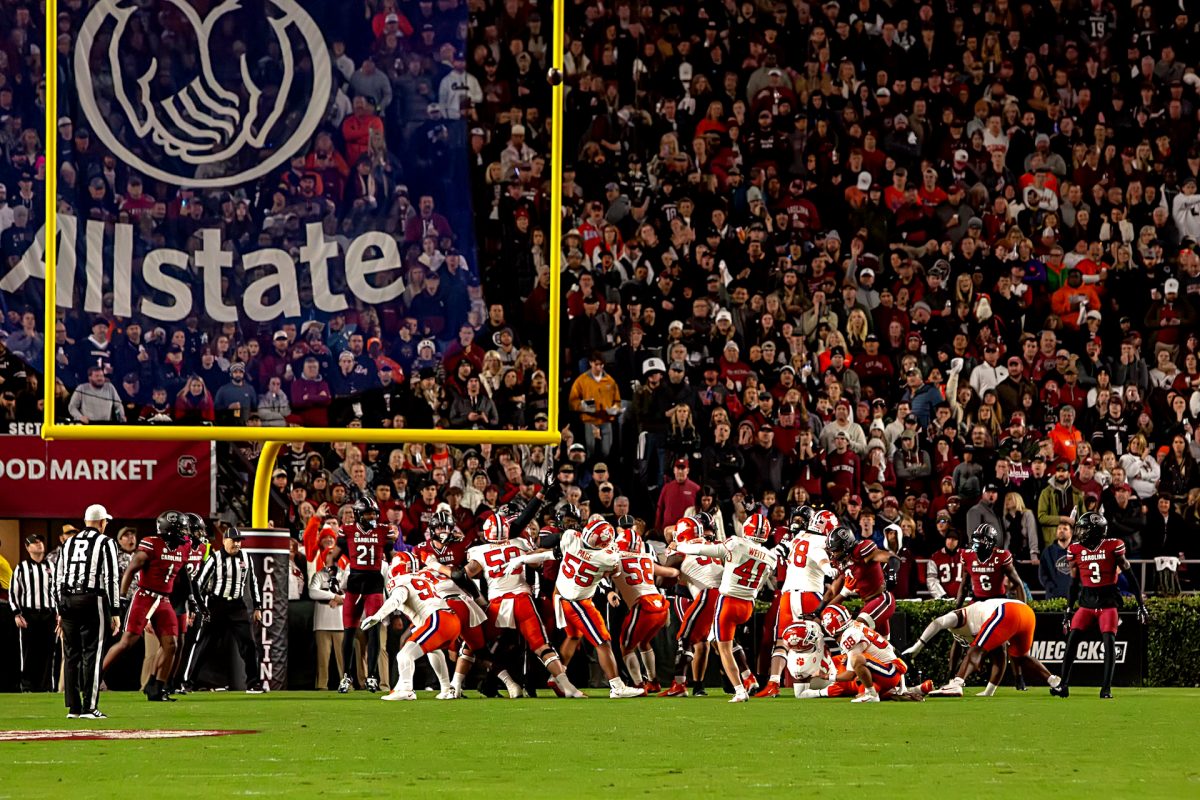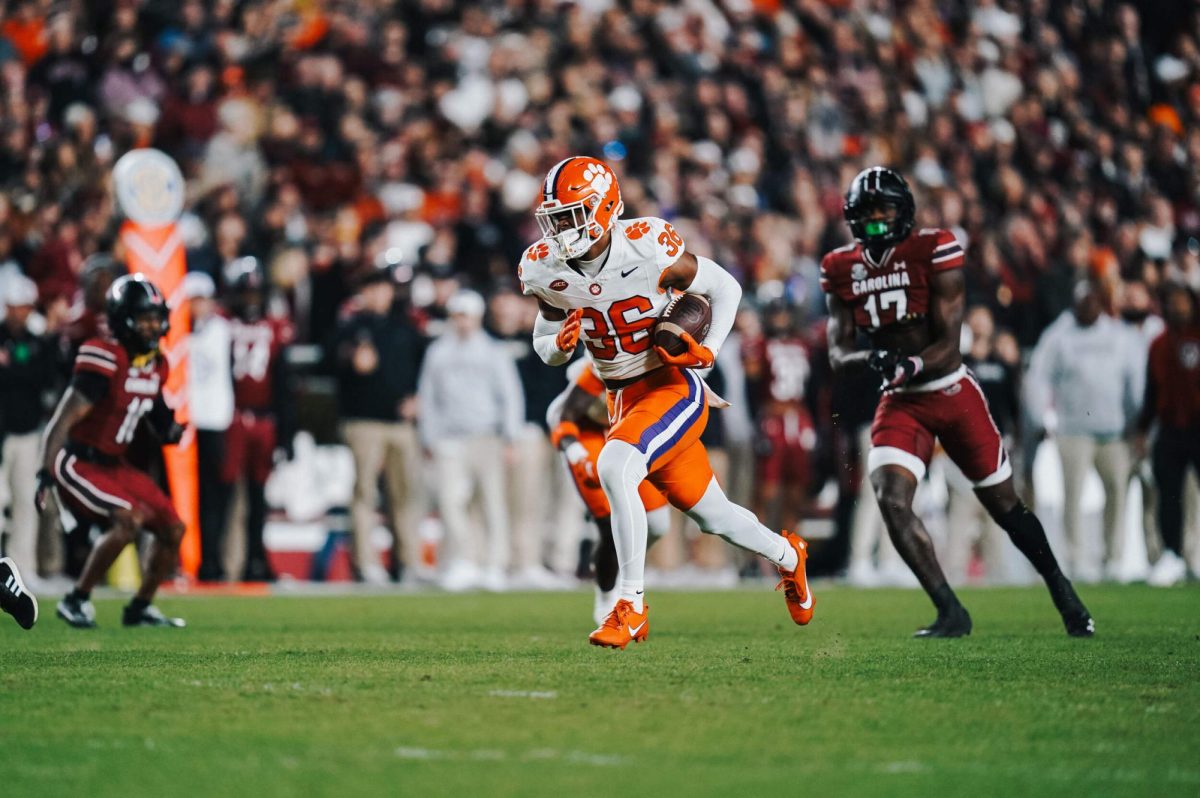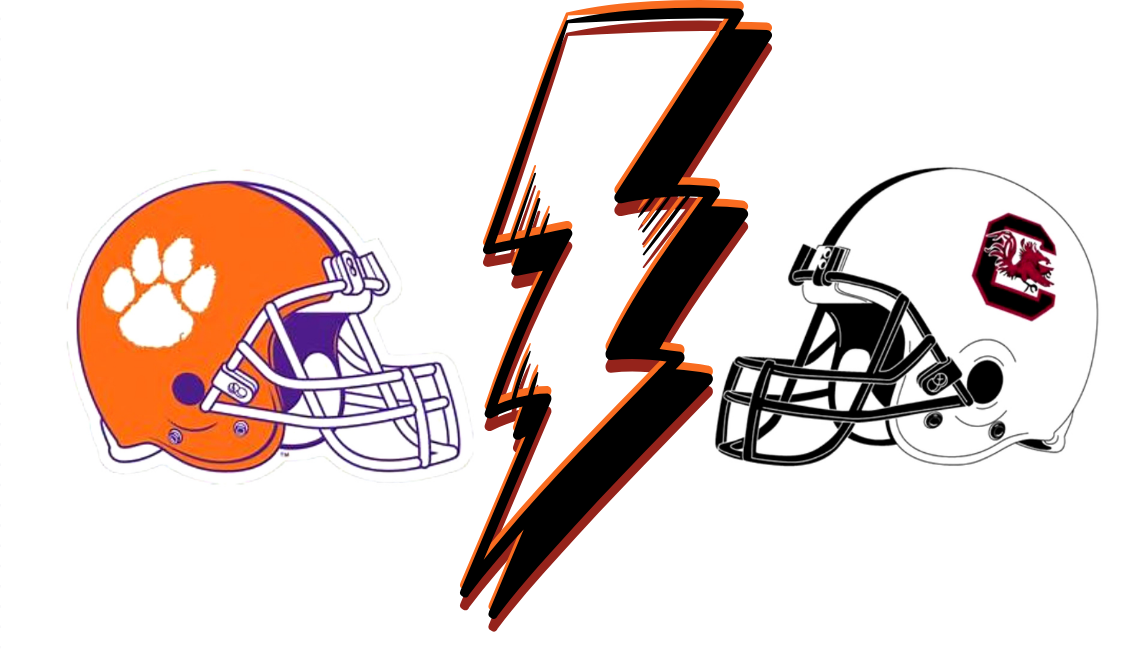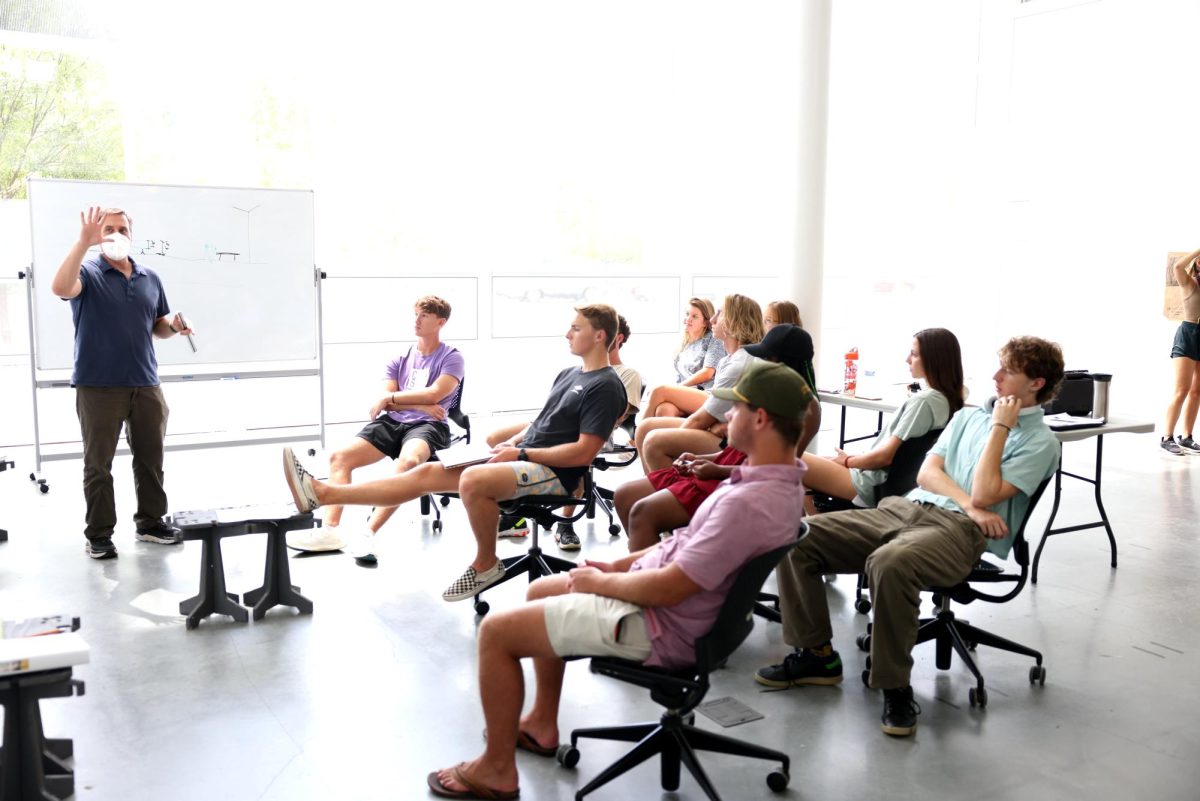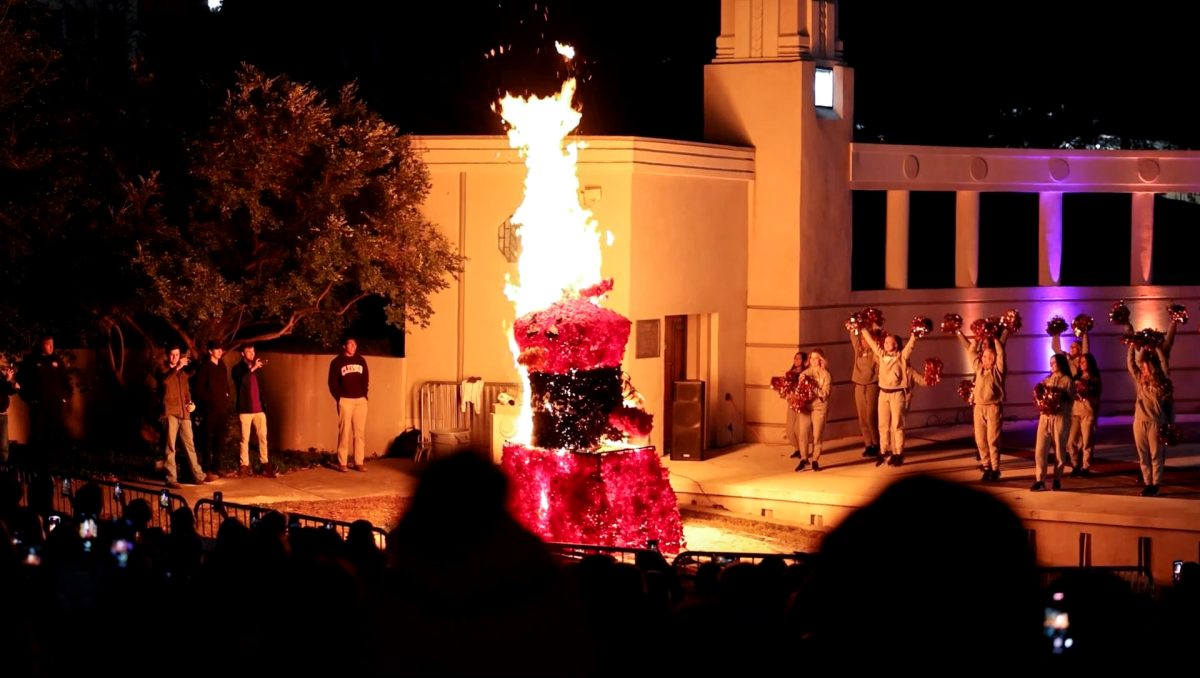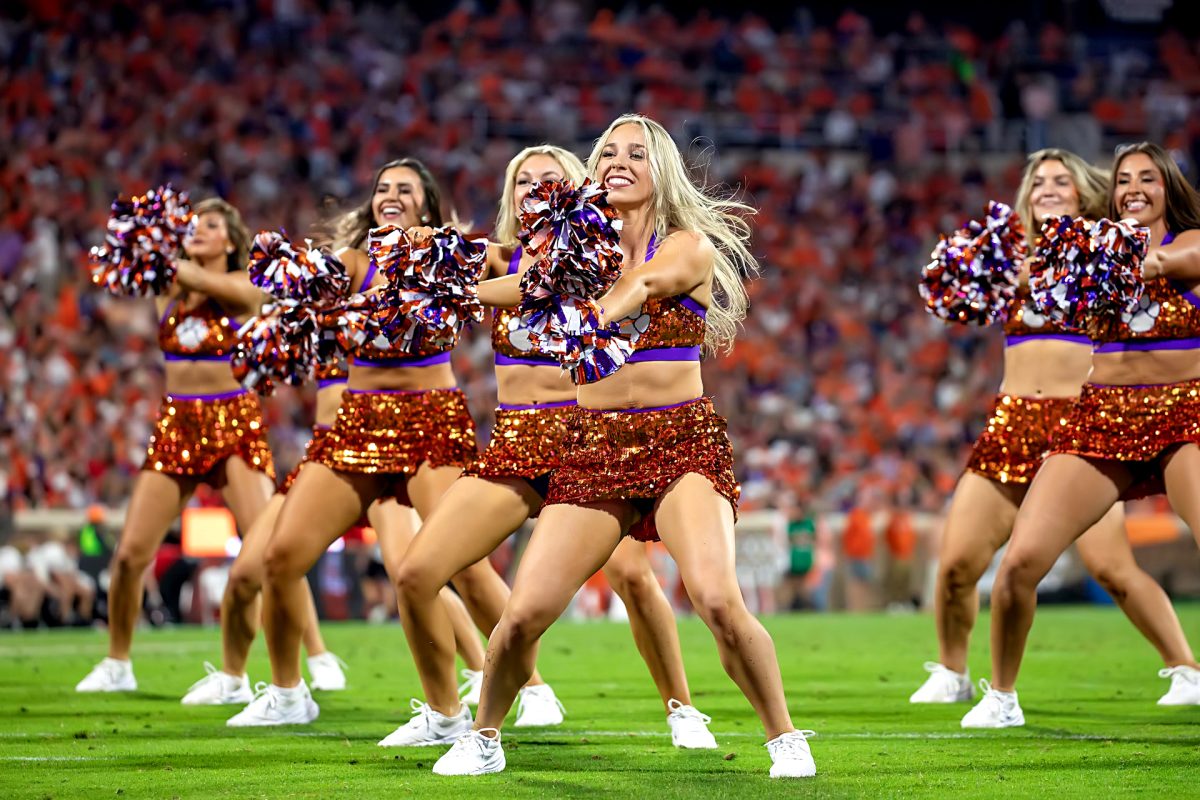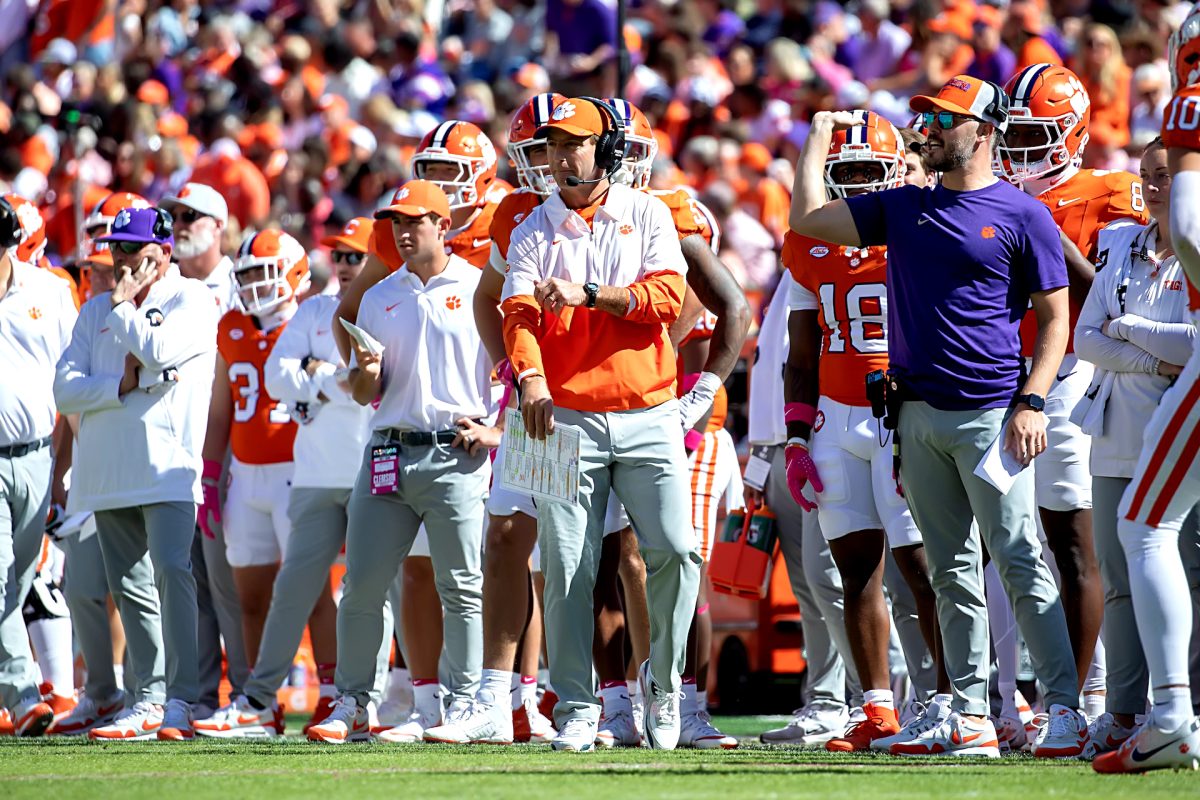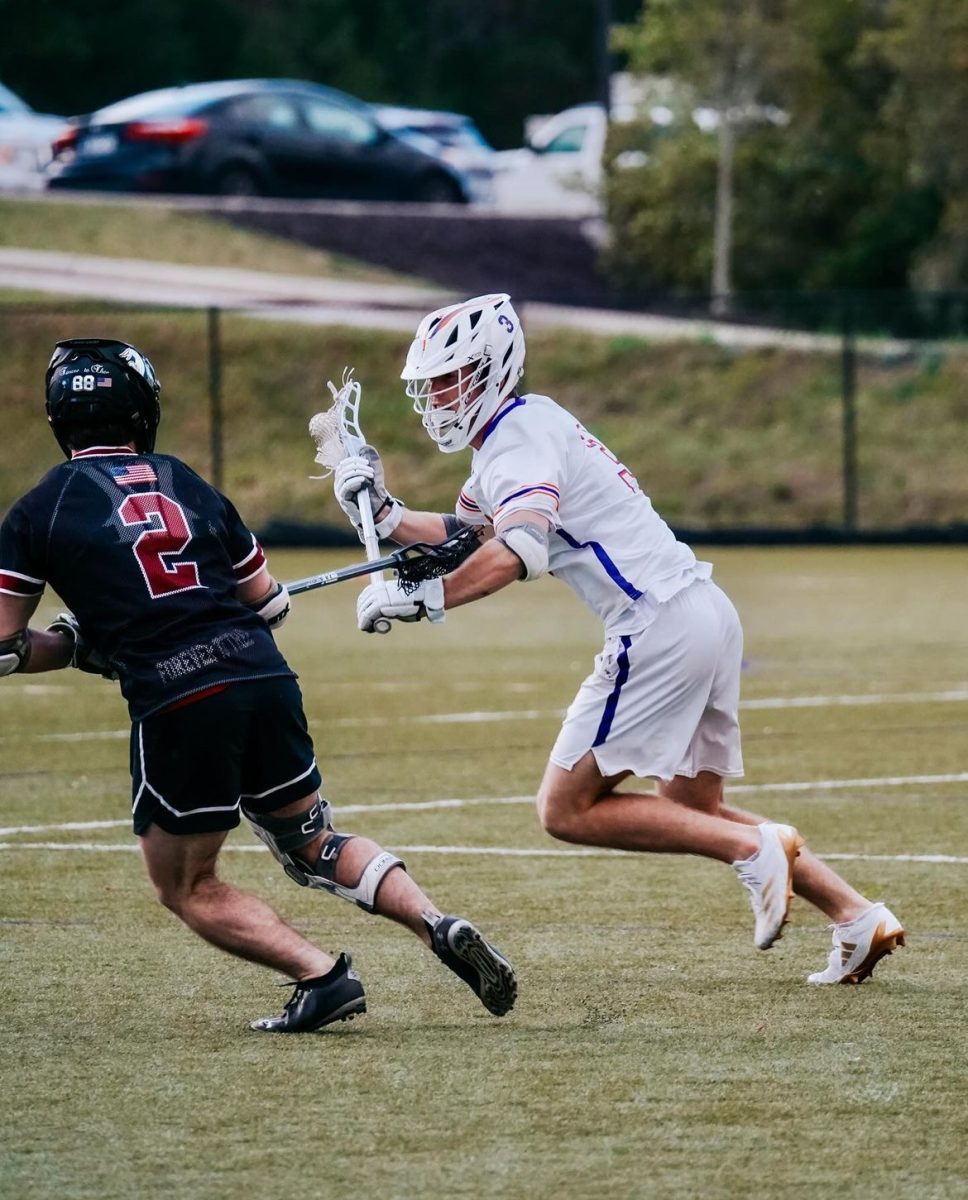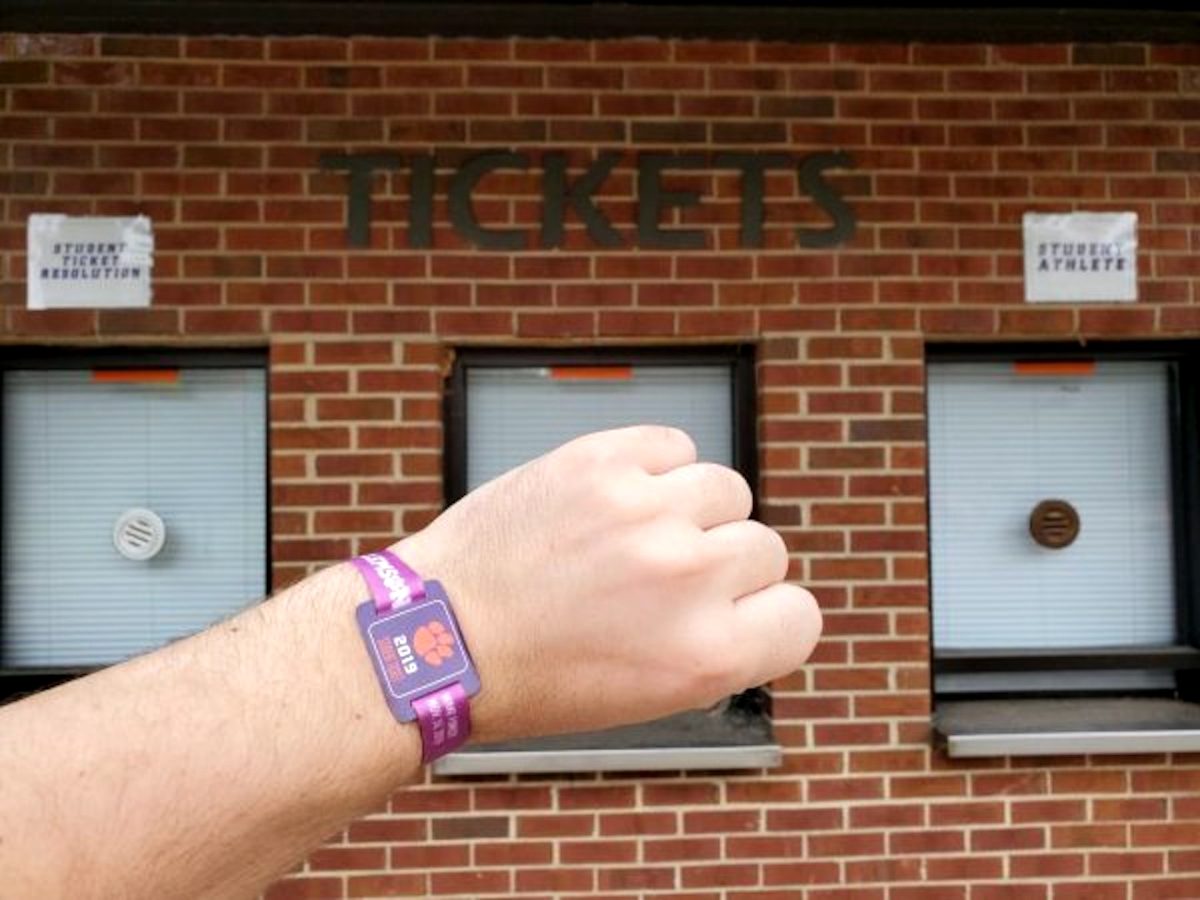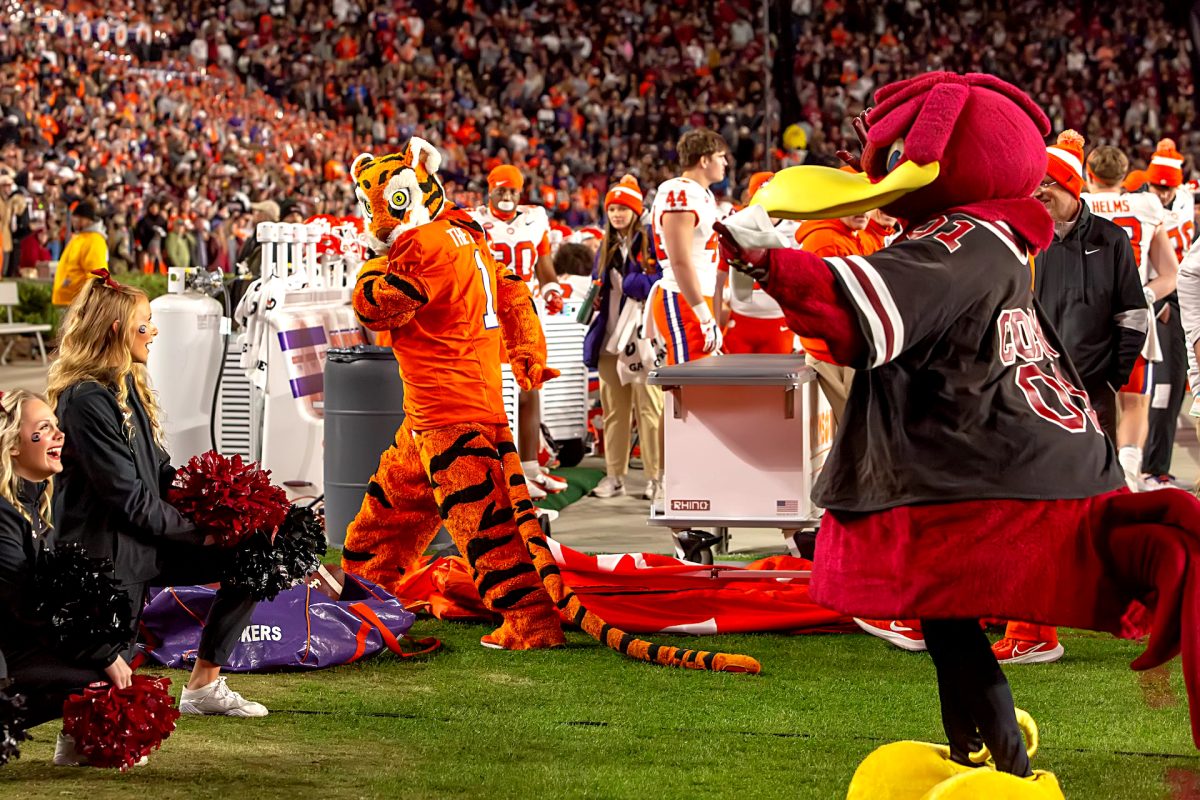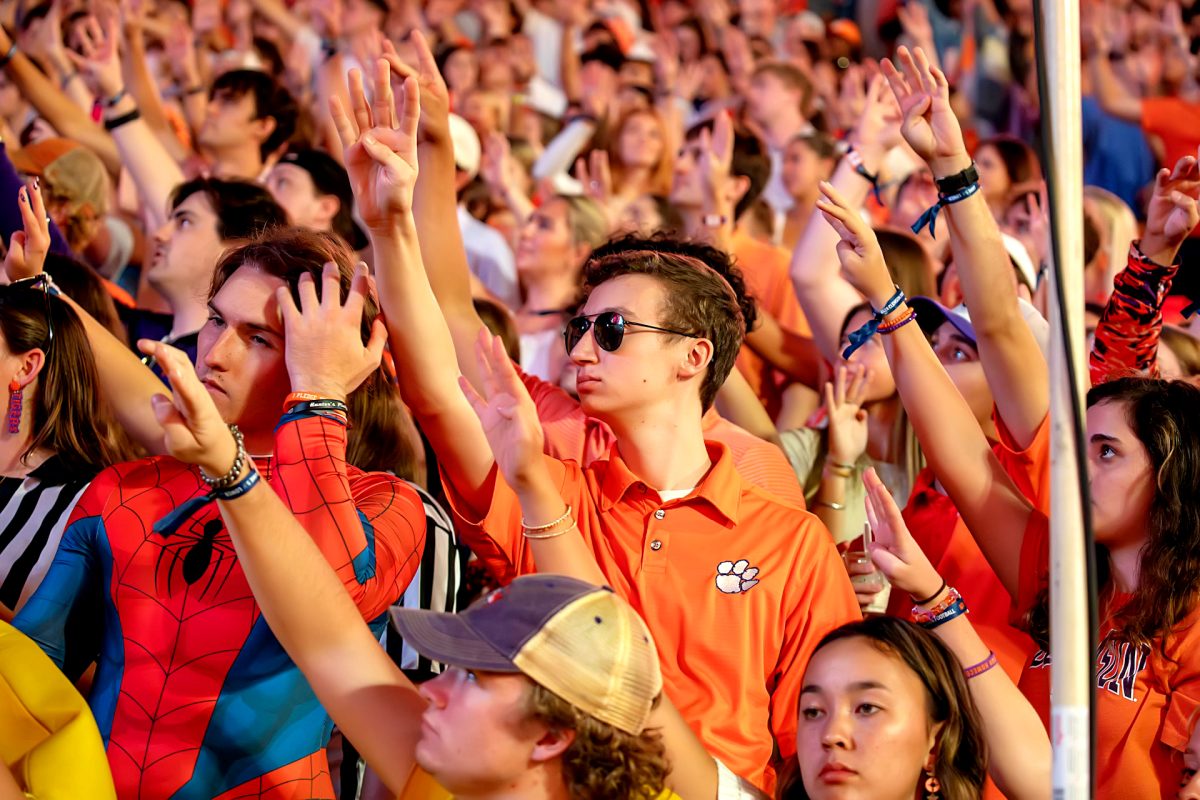The cities that house Clemson University and the University of South Carolina differ dramatically in size, population, rural versus urban natures and much more. The contrast between the two might make them incomparable regarding crime, but let’s do an overview anyway in the spirit of rivalry week.
As of this year, the city of Clemson takes up an area of 8.15 square miles in total with a population of 17,866, while the city of Columbia amasses a total of 139.65 square miles with a population of 144,489 people, according to World Population Review.
Violent crime averages (2023)
Violent crime refers to cases of victims being threatened or harmed with violence and/or force. This includes, but is not limited to, murder, battery, assault, robbery, rape and sexual assault, according to the National Institute of Justice.
Clemson: 1.9 incidents per 1,000 people.
Columbia: 5.98 incidents per 1,000 people.
South Carolina: 4.91 incidents per 1,000 people.
Property crime averages (2023)
Property crime refers to cases of victims having money and/or property stolen without the threat of violence or force. This includes burglary, arson, theft, larceny and automobile theft, according to the FBI.
Clemson: 21.0 incidents per 1,000 people.
Columbia: 28.55 incidents per 1,000 people.
South Carolina: 23.1 incidents per 1,000 people.
Kidnapping
Clemson: The most notable kidnapping case this year that involved a Clemson student consisted of Darrell Scott Brooks, a registered sex offender in Oconee County, kidnapping a female Clemson student in addition to assaulting her and stealing her car.
Columbia: The most notable kidnapping case this year that involved a Carolina student consisted of Ashlyn Watkins, a junior women’s basketball forward, assaulting and attempting to kidnap an individual. The charges against Watkins of “first-degree assault and battery and kidnapping,” according to The Daily Gamecock, have since been dropped. However, she remains suspended from all team activities since her arrest on Aug. 31.
Both cases were taken care of by law enforcement in the cities of Clemson and Columbia.
Gang Activity
Clemson: Gang activity is fairly nonexistent. The last reported gang-related incident was back in 2014 and pertains to a Sigma Alpha Epsilon “Cripmas party,” where white students were reported to be “dressed as gang members,” according to ABC News 4.
“Photos posted on social media showed students covering their faces with bandanas and wearing t-shirts with images of handcuffs and the deceased rapper Tupac Shakur,” ABC News reported at the time.
Black students shared “angry” responses to the incident via Twitter and Facebook, the fraternity suspended all activities, many officers in the chapter stepped down from their positions and President Jim Clements gave a public statement on the incident.
Columbia: Due to the prevalence of gangs in the city, the Midlands Gang Task Force meets weekly with the Richland County Sheriff’s Department and, from time to time, other state and federal law enforcement agencies. The MGTF works to dismantle known gangs in Columbia and surrounding areas.
These include, but are not limited to, “Hispanic” gangs that celebrate criminal leaders and drug trafficking with drug ballad music called “narco corridos,” “white motorcycle gangs” that use death metal music and “Black gangs” that use “drill music” to “claim ownership in gang shootings,” according to Police 1 News.
Columbia gangs are known for organizing shootings, planning murders, breaking into automobiles and selling narcotics. Gangs often use social media to promote themselves.
Currently, the main challenges concerning gangs in Columbia involve increased firearm usage and drug trafficking, specifically fentanyl.
Crime, safety rankings
Niche calculates rankings based on violent and property crime rates, including assault, murder, rape, robbery, burglary, theft and motor vehicle theft.
Clemson: B
Columbia: C-



